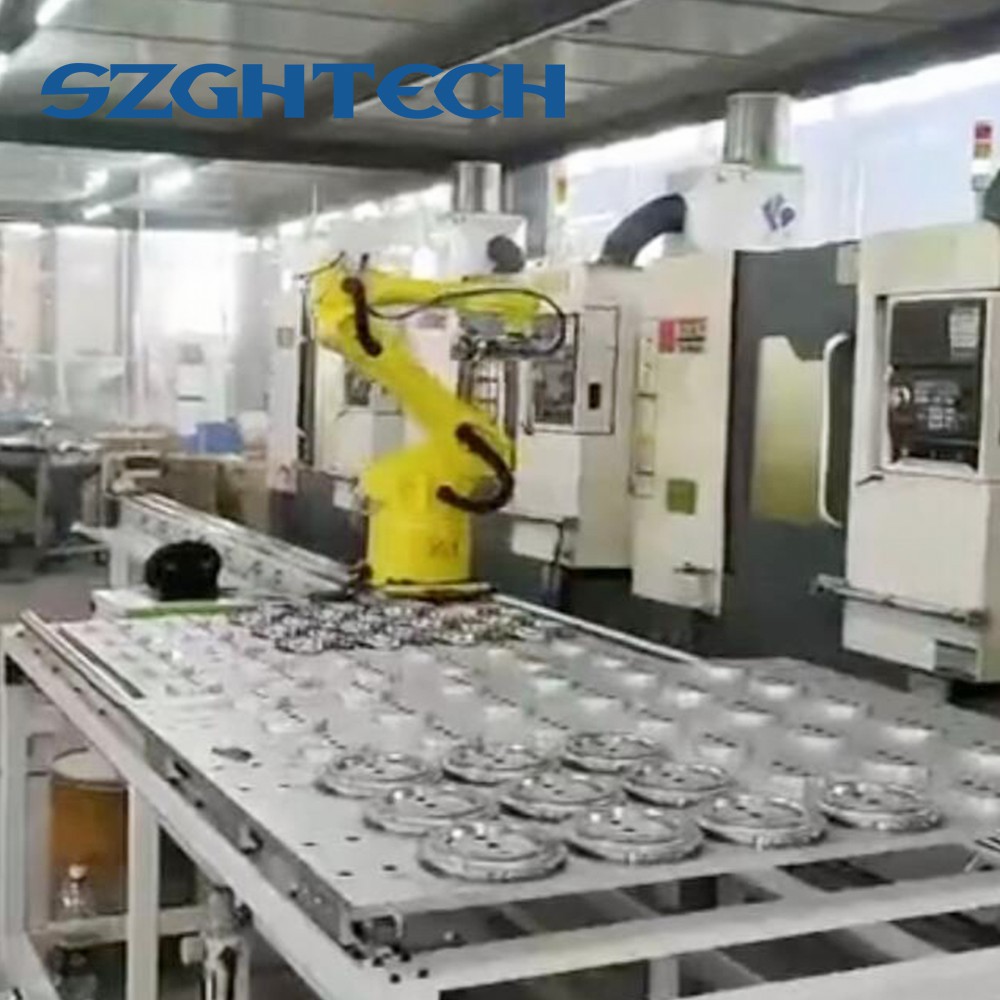Industrial robotic arms can face a variety of challenges in a production environment, here are some common challenges and how to solve them:
1) Environmental adaptability: The production environment may vary due to different industries, applications and work scenarios, and the robotic arm needs to have certain environmental adaptability, including adapting to different temperatures, humidity, dust, corrosive substances, etc. Solutions include selecting the right materials and coatings to enhance the durability and corrosion resistance of the robotic arm, as well as appropriate protective measures.
2) Complex task processing: Tasks in a production environment can be complex, involving highly flexible motion, high-precision positioning and manipulation, and more. Robotic arms require advanced motion control, perception, and planning capabilities to handle different tasks. Solutions include advanced control algorithms, sensor technology, and artificial intelligence to achieve high-precision and efficient task processing.
3) Safety requirements: Production environments often place high safety requirements on robotic arms because they need to remain safe when interacting with other devices, people, or objects. Solutions include safety sensors and control systems for collision detection, force/torque control, speed monitoring and other safety functions to ensure that the robotic arm does not cause harm to the surrounding environment and people during operation.
4) Heterogeneous system integration: There may be many different types of devices and systems in the production environment, including sensors, controllers, computers, etc., and robotic arms need to integrate and communicate with these heterogeneous systems to achieve collaborative work and data sharing. The solution includes the use of common communication interfaces and protocols for data transmission and collaborative control between systems to ensure seamless integration between the robotic arm and other systems.
5) High reliability and maintenance: Industrial robotic arms often require high reliability and low maintenance to ensure long-term stable operation in the production environment. Solutions include the use of high-quality components and materials, regular maintenance and servicing, remote monitoring and fault diagnosis to minimize downtime and repair costs.


